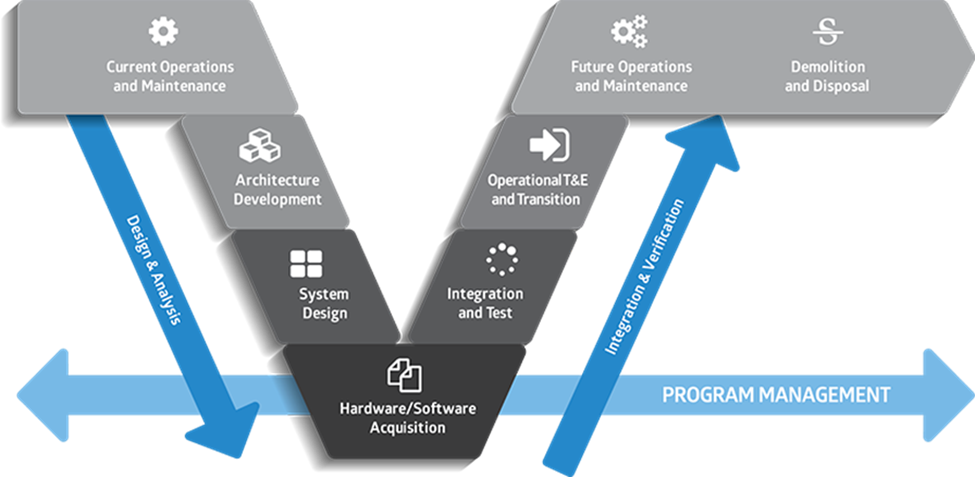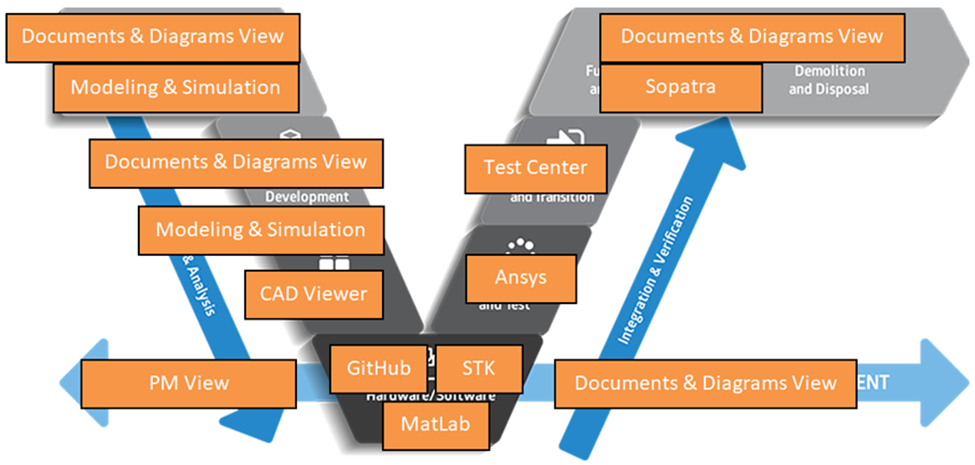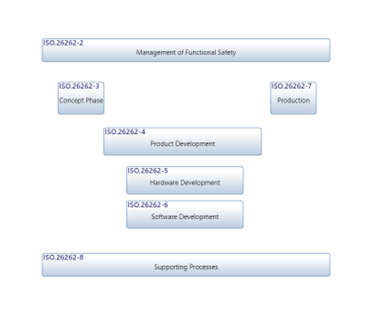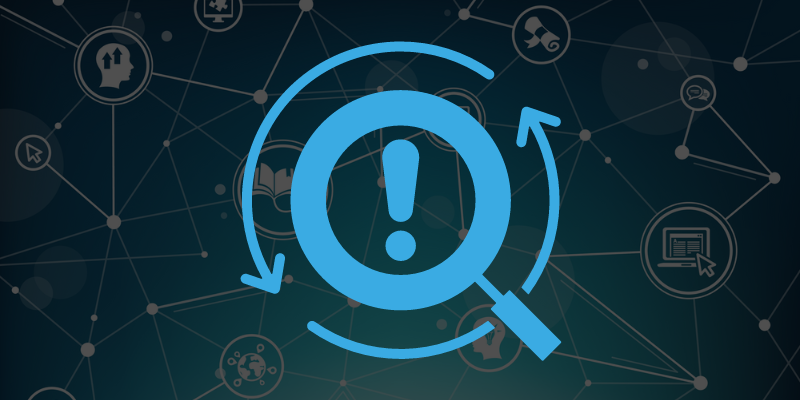Tackling Resolutions With Innoslate Webinar
Don't feel like reading? Watch the recording instead!
We held a webinar on this topic! If you would rather watch than read, visit our recording!
ISO 26262 is a global rule for making sure electrical systems in vehicles are safe. The ISO 26262 standard aims to decrease risks and dangers caused by faulty electrical and electronic safety systems and their interactions. Following the standard reduces accidents and ensures automotive systems work properly.
ISO 26262 is a standard set by ISO, an independent organization with over 169 members worldwide. ISO seeks to “...bring together experts within its membership to share knowledge and develop voluntary, consensus-based, market relevant International Standards that support innovation and provide solutions to global challenges.”
Learn more about ISO compliance and how it can help you win federal contracts! ⬇️
Within the ISO 26262 standard are 12 parts, ISO 26262-1:2018 through ISO 26262-12:2018. It contains rules for car safety throughout its entire lifecycle, from creation to disposal. These rules can adjust as needed.
Each element focuses on functional safety. This ensures that risk-based safety standards integrate into the development of car electrical and electronic systems.
The V-Model heavily influenced the ISO 26262 standard. This influence is clear in the analysis of the 12-part standard and the automotive safety lifecycle.
The V-Model is a lifecycle engineering process used to develop products and systems, ensuring quality and efficiency. The V-Model has origins in software development. This means systems engineers heavily rely on it. It allows them to develop increasingly large and complex systems and solutions needed in the modern day.
Many parts of ISO 26262 can generally filter into each of the different phases of the V-Model. It is generally categorized as design and analysis, integration and verification, and program management processes employed throughout.
Within the design and analysis processes, we have current operations and maintenance, architecture development, systems design, and hardware/software acquisition. In the integration and verification processes, we continue with integration and testing, operational test and evaluation, future operations and maintenance, and demolition and disposal.

Altogether, each of these technical and programmatic processes make up the systems engineering lifecycle.
Innoslate, developed by SPEC Innovations, is a software tool designed to support the entire systems engineering lifecycle from cradle to grave.
Innoslate aligns with the systems lifecycle and V-Model by extension. Innoslate is well-positioned to help and support users who want to achieve the standards set by ISO 26262. Our tool contains a full feature set that can apply directly to the V process model shown below.


SPEC Innovations empowers our users with the ability to achieve and comply with the standards required for today's systems and solutions. To help Innoslate users begin quickly, we have listed all the Innoslate processes and features that follow the ISO 26262 standard.
Have questions about model-based systems engineering or requirements management? Talk to an expert and see how Innoslate can streamline your projects from start to finish.
.png)
Don't feel like reading? Watch the recording instead!

Would you rather watch instead? Visit the webinar recording!
.png)
Want to sit back, relax, and listen? Watch the webinar recording!